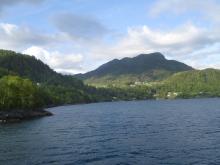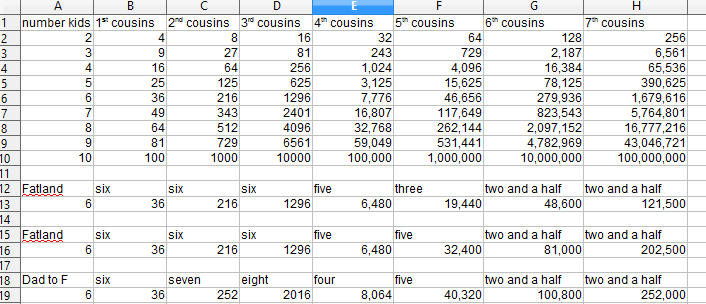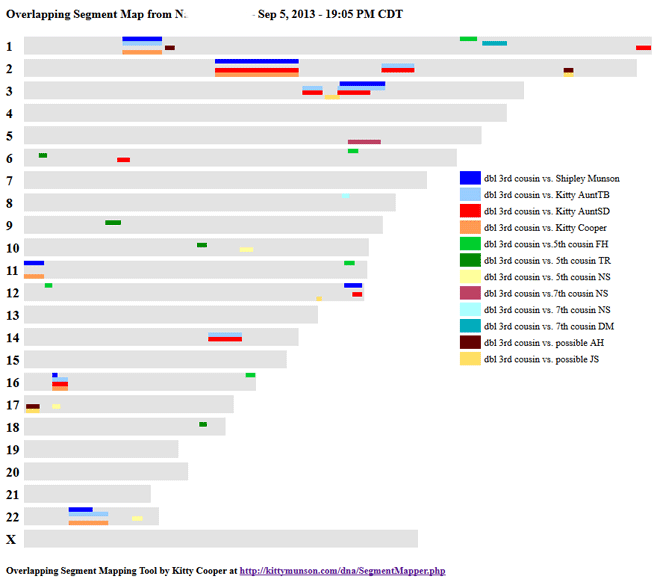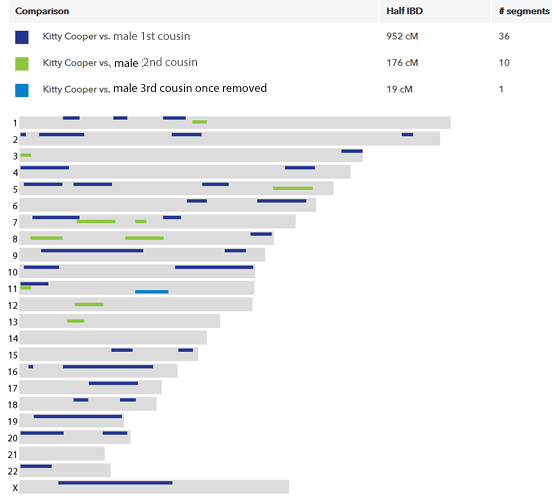Matching DNA has put me in touch with an extremely large number of Norwegian cousins who share my fifth grandparents from Fatland farm on Halsnøy Island in Hordaland, Norway. What’s more, perhaps due to the large number of them, I am seeing some triangulation of segments among their results.
This started me thinking about the effect of many generations of big family sizes on the number of sixth cousins I might have from a specific set of 5th grandparents. It would seem to me that the larger the number of cousins, the more likely it is that there are some who share good sized segments with me and Dad.
So I did a little simulation in a spreadsheet. It’s very simple, it assumes that the number of children reproducing in every generation is the same so that you can see the differences for different family sizes. I also did a line or two with the real/estimated numbers from the Fatland couple.
If your family consistently had two children who had two children reproducing for six generations you would only have 64 fifth cousins, but if everyone in your family had six children who had six children then you have almost 50,000 fifth cousins. Quite a difference!



